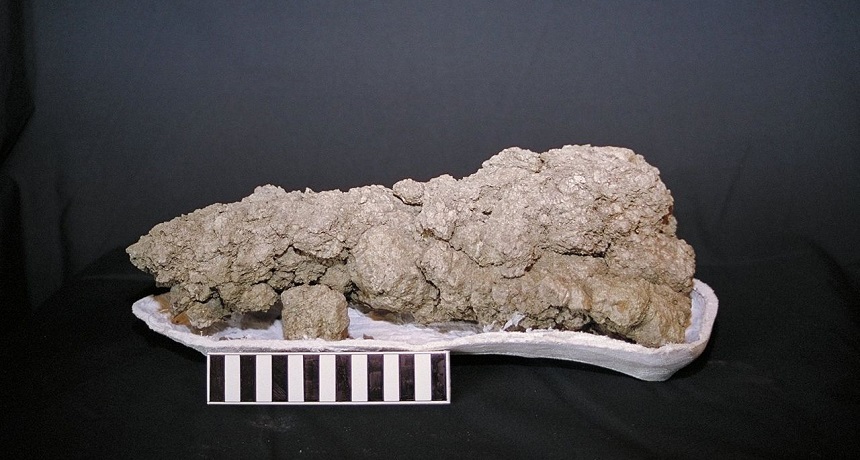Scientists Say: Coprolite
Even poop can become a fossil

This isn’t an ordinary rock. It’s a fossilized chunk of poop.
United States Geological Survey
Even poop can become a fossil

This isn’t an ordinary rock. It’s a fossilized chunk of poop.
United States Geological Survey